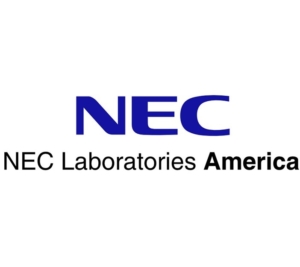TalentScout: Multimodal AI-Driven Expert Finding in Organizations
Identifying subject-matter experts within organizations remains a challenging task due to the scale, heterogeneity, and unstructured nature of enterprise knowledge assets. We present TalentScout, an AI-driven expert identification system that constructs a unified, skill-centric knowledge graph by ingesting and analyzing diverse media, including research papers, reports, presentations, transcripts, and supervisor recommendations. TalentScout’s modular architecture integrates document parsing, audio/video transcription, metadata extraction, large language model-based skill extraction, multi-factor author disambiguation, and evidence-weighted skill attribution. At query time, TalentScout decomposes natural language queries into canonical skill requirements, traverses the constructed knowledge graph, and ranks experts based on aggregated skill weights, document quality, and endorsement signals, providing document-level justifications for each recommendation. We evaluate TalentScout on multiple public and internal enterprise datasets, including DBLP, TREC Enterprise, Tilburg, and ManConCorpus. Using standard information retrieval metrics such as Precision@ 5, Recall@5, nDCG@5, and Mean Reciprocal Rank (MRR), TalentScout consistently outperforms leading baselines, achieving up to 24% higher Precision@ 5 in early expert retrieval. The results highlight TalentScouts scalability, transparency, and accuracy, establishing it as a practical solution for evidence-based expert discovery and organizational talent management.


